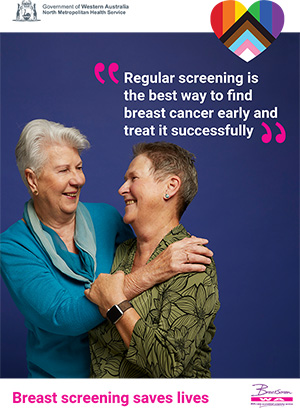
An analysis of data from 38 African countries predicts that few, if any, are on track to reach key UNAIDS targets for HIV testing and condom use by 2030.
The study, presented by Phuong Nguyen of St. Luke’s International University, is based on 114 nationally-representative datasets representing more than 1.4 million sexually active people.
Results of the study were presented at the 4th HIV Research for Prevention Conference which is being presented in a virtual format this week by the International AIDS Society.
The study team estimated coverage of annual HIV testing and condom use at last higher-risk sex for each country and year to 2030, and the probability of reaching UNAIDS testing and condom use targets of 95% coverage by 2030.
The team calculated that overall, the probabilities of reaching the 2030 targets were very low for both HIV testing (0% to 28.5%) and condom use (0% to 12.1%).
They predict that the countries with the highest coverage of annual HIV testing in 2030 will be Eswatini with 92.6%, Lesotho with 90.5%, and Uganda with 90.5%, and the countries with the highest proportion of condom use will be Eswatini with 85%, Lesotho with 75.6%, and Namibia with 75.5%.
Based on these projections, the study concludes that there is currently “little prospect of reaching global targets for HIV/AIDS elimination,” and calls for “more attention to funding and expanding testing and treatment” in Africa.
While PrEP treatment has been a breakthrough in reducing the number of new infections of HIV in many countries that can afford the expensive treatment, in most African nations condom use remains the main focus for HIV prevention.
However even in places where PrEP treatment has been made available there is also a low uptake of the treatment.
PrEPwatch, an organisation that keeps track of the global uptake of PrEP, says over the last three years, about 82,000 Kenyans have been enrolled into the programme since it was launched in 2017, which is four times lower than the country’s target of 300,000 (with 100,000 people being put on the pill annually).
The scientists noted that although the intake has increased globally, the number of people taking the pill falls short of the United Nations Programme on HIV/AIDS (UNAIDS) target.
Adherence to medication, stigma and discrimination, together with other social inequalities and exclusion, have been identified as key barriers to progress.
OIP Staff

Love OUTinPerth Campaign
Help support the publication of OUTinPerth by contributing to our
GoFundMe campaign.




